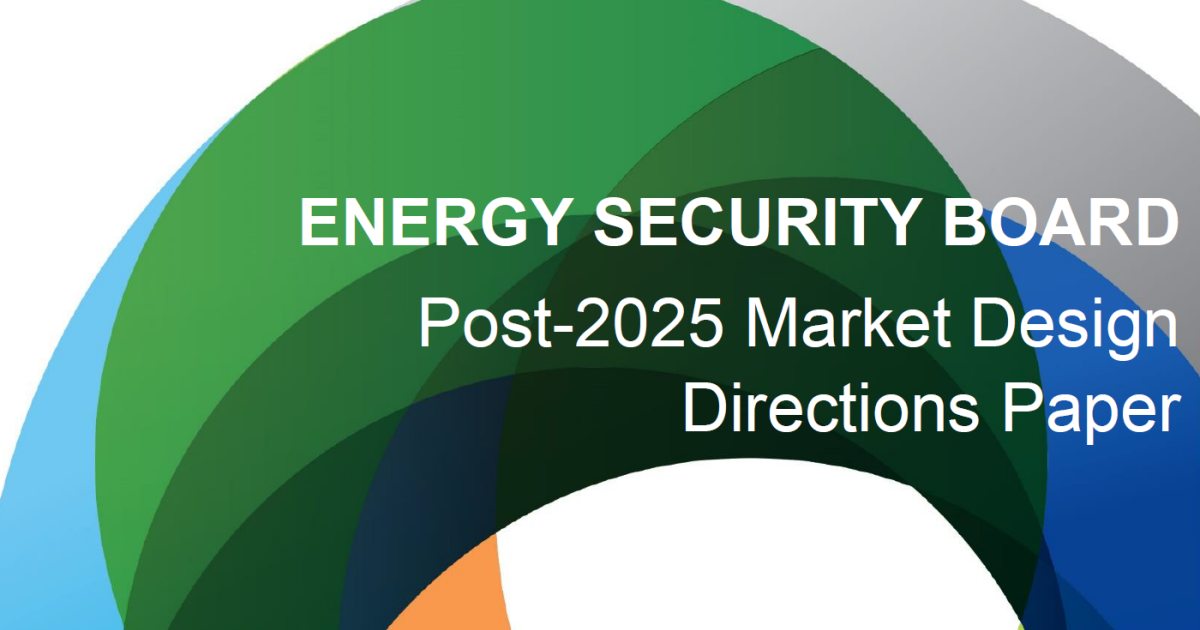Reports just released by the Energy Security Board indicate while progress has been made in the NEM on various fronts, system security and investor confidence leave a lot to be desired.
Over the next couple of decades, 26-50 gigawatts of new variable large scale renewable energy (VRE) capacity is forecast to come online in Australia. That’s in addition to existing, committed and anticipated projects. Over the same timeframe, approximately 16 GW of thermal generation will retire – 61% of the current coal fleet in the National Electricity Market. Some of these retirements are likely to come sooner than originally anticipated.
There’s also an expectation 50% of electricity customers are likely to be using some form of distributed energy resources (DER) such as rooftop solar by the end of this decade. This increases the security risks associated with falling minimum demand relating to voltage, system strength and inertia.
There’s a lot going on.
The ESB’s Post 2025 Market Design Directions paper proposes reforms to address the challenges the NEM faces during this upheaval, detailed in the Health of the National Electricity Market assessment report that was also released this morning.
“No Longer Fit For Purpose”
Energy Security Board Independent Chair Dr Kerry Schott AO says kicking the can down the road is not an option.
“What we have in place now is no longer fit for purpose for the energy transition and beyond. The time to tackle these problems is now.”
Reforms to be progressed address four focus areas of need:
- Resource adequacy through the transition – to ensure the right mix of reliable and affordable energy as the NEM system continues its transition to lower emissions and new generation technologies.
- Essential system services and scheduling and ahead mechanisms – building a stronger power system as change occurs by ensuring resources and services are in place to manage the complexity of dispatch.
- Demand side participation – progressively provide opportunities for energy consumers to make the consumption (and generation) choices that best suit them and the NEM.
- Access and transmission – providing networks the ability to meet future needs including connection of more renewables, and at the lowest possible cost. This includes early implementation of renewable energy zones.
“The Health of the NEM clearly shows the repercussions of rapid change in our electricity system and highlights the absolute urgency of addressing them,” said Dr. Schott.
The ESB believes if tough and united decisions aren’t made soon, Australians will be paying more for electricity in the future. The “united” bit may have been a bit of swipe at various states going it alone with ambitious renewable energy programs and targets, but given the situation at a Federal level, who can blame them.
The ESB will continue to develop potential market design elements consistent with the required reforms over the next few months, with a consultation on potential market designs to be carried out in March. Following detailed evaluation, recommendations to Australia’s Energy Ministers will be made in the middle of this year.
There’s a lot to unpack in what the ESB released today – all of which can be found here.


 RSS - Posts
RSS - Posts



Speak Your Mind